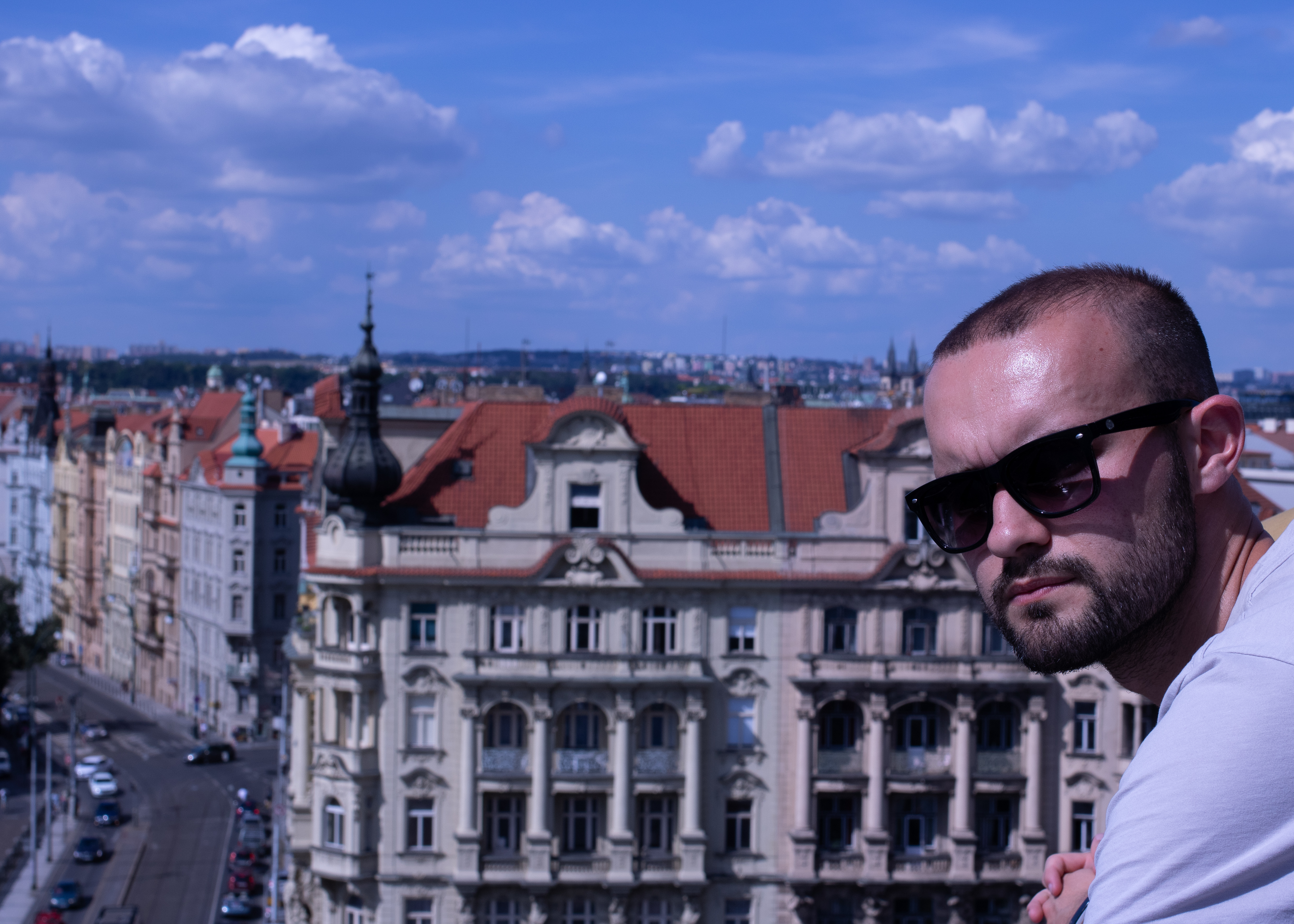
13.07.2019
Chornobyl Exclusion Zone – Pryp’yat’, Ukraine
Chornobyl, the word associated with the worst nuclear accident of all time that evidently led to the collapse of the Soviet Union. At the time the power plant was producing 10% of Ukraine’s energy and 1% of all energy in the Soviet Union. To be honest, Chornobyl was something that sparked my interest ever since I was a kid and played the mission “All Ghillied Up” from the Call of Duty series. Knowing I would be in Poland during July without an agenda I decided to book a Chornobyl tour for two days. It was a pleasant surprise when Jared showed me a few weeks later that HBO announced the “Chernobyl” miniseries scheduled to finish before my excursion.
I did not know what to expect taking a tour of the exclusion zone. This area is the 30-kilometer zone where public access is highly restricted and nuclear fallout is the greatest. I knew my tour had to include the famous nuclear satellite town. Priyp’yat’ was once occupied by the workers of the nuclear power plant and their families. In Ukraine, the city was once a perfect place to be during the communist regime. The jobs paid well, stores offered a selection of products, and the town offered various amenities. The town alone had fifteen kindergartens, an Olympic size swimming pool, and a football stadium for recreation. Pryp’yat’ also had its own amusement park that was under construction until the disaster occurred in 1986. It is now Europe’s biggest ghost town. What surprised me the most about Pryp’yat’ and the other abandoned villages in the zone was the fact that they were forests with abandoned buildings rather than abandoned buildings with forests. Our guide Ihor showed us the before photographs at various spots throughout the tour as we witnessed what was left. Originally Pryp’yat’ was completely architecture and concrete with essentially no trees. To completely view Pryp’yat’ the only way was to obtain a high vantage point, which in my case consisted of climbing the 16 floors of a deteriorating apartment. These abandoned settlements were the result of what 33 years of nature can accomplish when the manmade is left behind.

Pryp’yat’ was only a taste of the exclusion zone and I found to amply explore Chornobyl at least two days is needed. Checkpoints were everywhere and everyone had to pass through original Soviet radiation detectors after passports and tickets were checked compulsively. This may have partly been due to coincidently visiting the same time as the president of Ukraine. Nonetheless, the area is kept secure. This combined with the two-hour drive from Kyiv and additional driving in the zone is enough to realize that not much can be discovered and interacted within one day. With a great tour guide and group, the areas that were technically forbidden were made possible for exploration. I was able to explore classrooms and find drawings left by the kindergarteners. I walked through the ruins of Chornobyl-2, a secret military base within the zone where the enormous Duga radar stands. Words and photos cannot describe the sensation of being guided through unit five (which was under construction when reactor 4 of unit 4 exploded) of the power plant where I walked in the abandoned room where the reactor would have been housed. Clapping and inside a cooling tower for units four and five to hear the echoes produced had to be one of the most awesome things ever.

People unfamiliar with the facts may wonder why I would subject my body to a place infamously known for such disastrous radiation. It is important to know that radiation is not all about intensity, but also time elapsed in highly contaminated areas. Ihor showed us “hotspots” throughout the zone where we could use our Geiger counters to measure these areas of higher contamination. The spots are tiny, and it is only a matter of centimeters in finding them. By attaching a Geiger counter to a rebar Ihor placed it in a claw once used by a robot to clear contaminated material and obtained a reading that was 3,500 times greater than the sanitary norm. This is why it is highly advised to not sit anywhere in the zone as long exposures to higher radiation levels like this could have consequences. It is also a good idea to avoid eating the apples on the trees. As we drove back to Kyiv, Ihor showed everyone the dose of irradiation they received. Mine was the equivalent of a four-hour flight or spending five days in Kyiv. The dose received over two days was also 80 times less intense than going in for an x-ray. In fact, frequent flyers are more likely to obtain higher irradiation than Chornobyl guides.

The Chornobyl liquidators made a phenomenal sacrifice to clean up a problem that had never been faced by anyone else. They worked to overcome something that sounds both incomprehensible and unsolvable. Thirty-three years later life flourishes in the zone and trees grow in the soil that now covers the concrete. Each year the levels of radiation decrease, the forest grows denser, and the buildings fall apart. Even though Chornoybl has to be the coolest tourist attraction in the world, there is so much more to also experience in Ukraine. I felt so much love from the locals in Kyiv who were eager to talk and find out what a Texan was doing all the way in Ukraine. Kyiv touched me more than any other city I have visited in Europe and for that reason, Ukraine is at the top of my list to travel.









